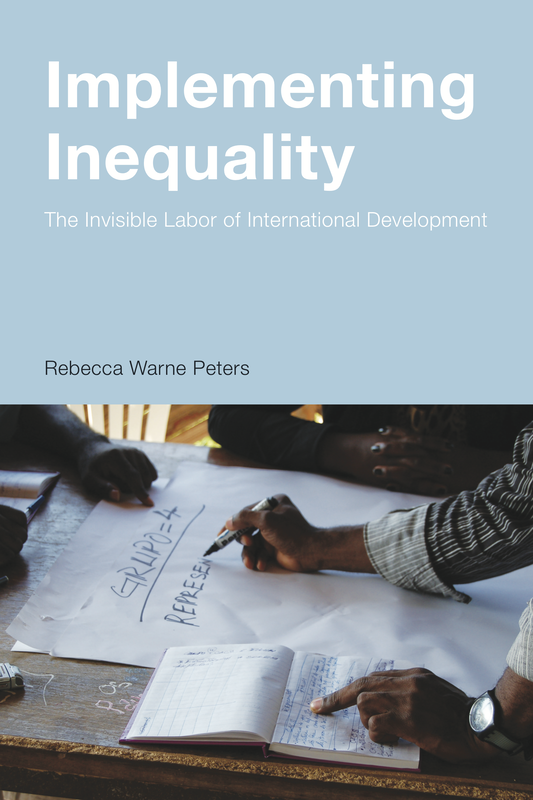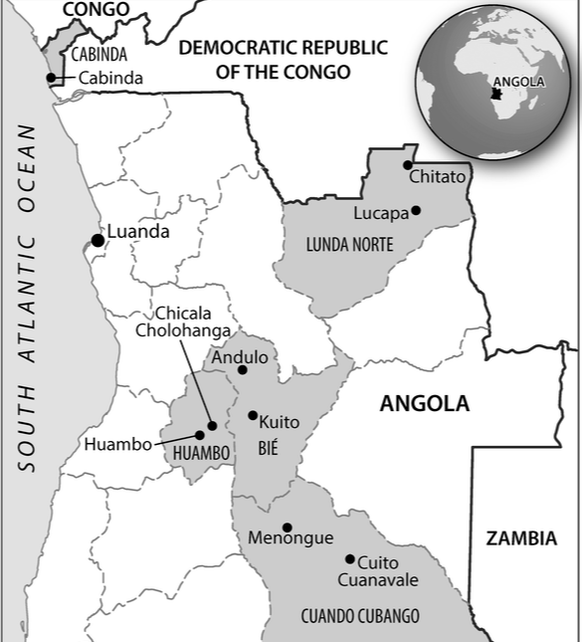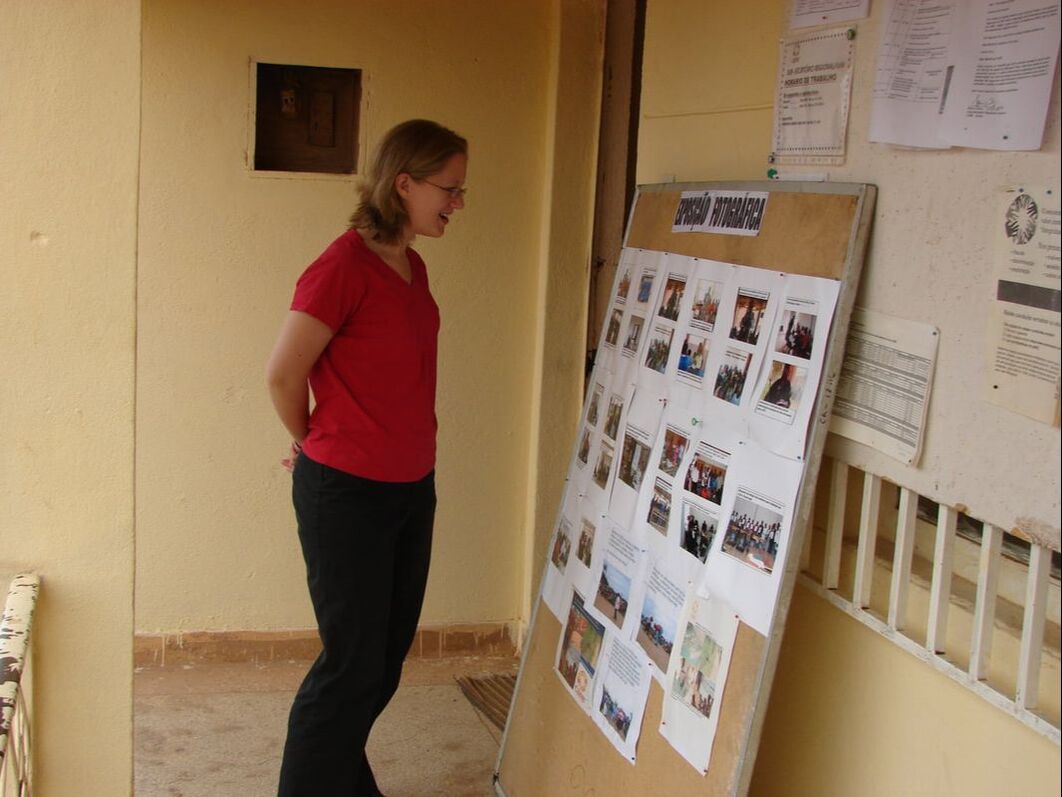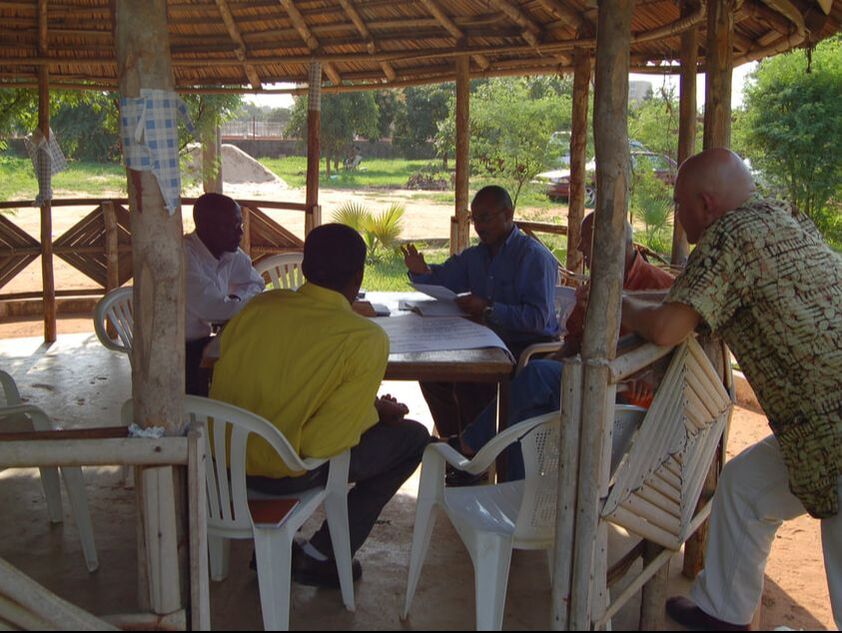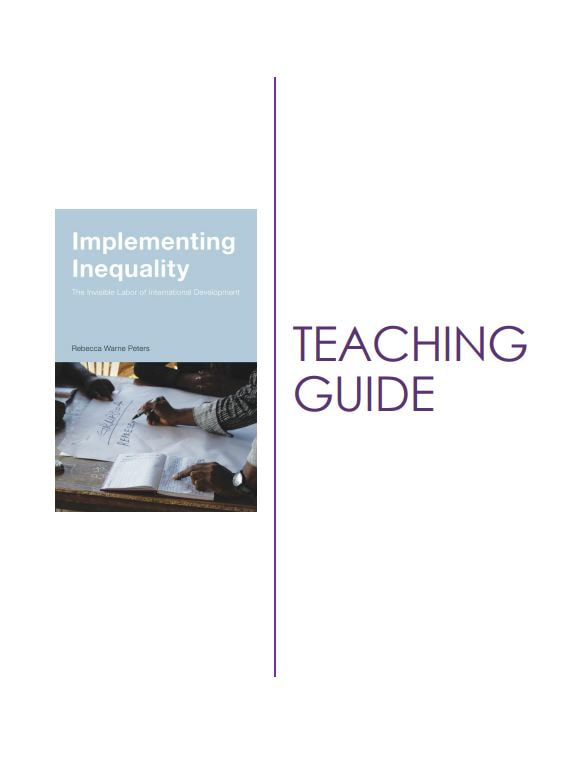Implementing Inequality
The Invisible Labor of International Development
Published in January 2020, Implementing Inequality examines the international development industry's internal social dynamics and how they inadvertently replicate global inequalities.
An ethnographic study of development work in postwar Angola, Implementing Inequality demonstrates how the international development industry's internal social dynamics inadvertently replicate global inequalities. Underestimating the intense relational work of the development implementariat, its in-country implementation agents, the development industry sabotages itself and must revisit how to assess its work and workers.
An ethnographic study of development work in postwar Angola, Implementing Inequality demonstrates how the international development industry's internal social dynamics inadvertently replicate global inequalities. Underestimating the intense relational work of the development implementariat, its in-country implementation agents, the development industry sabotages itself and must revisit how to assess its work and workers.
